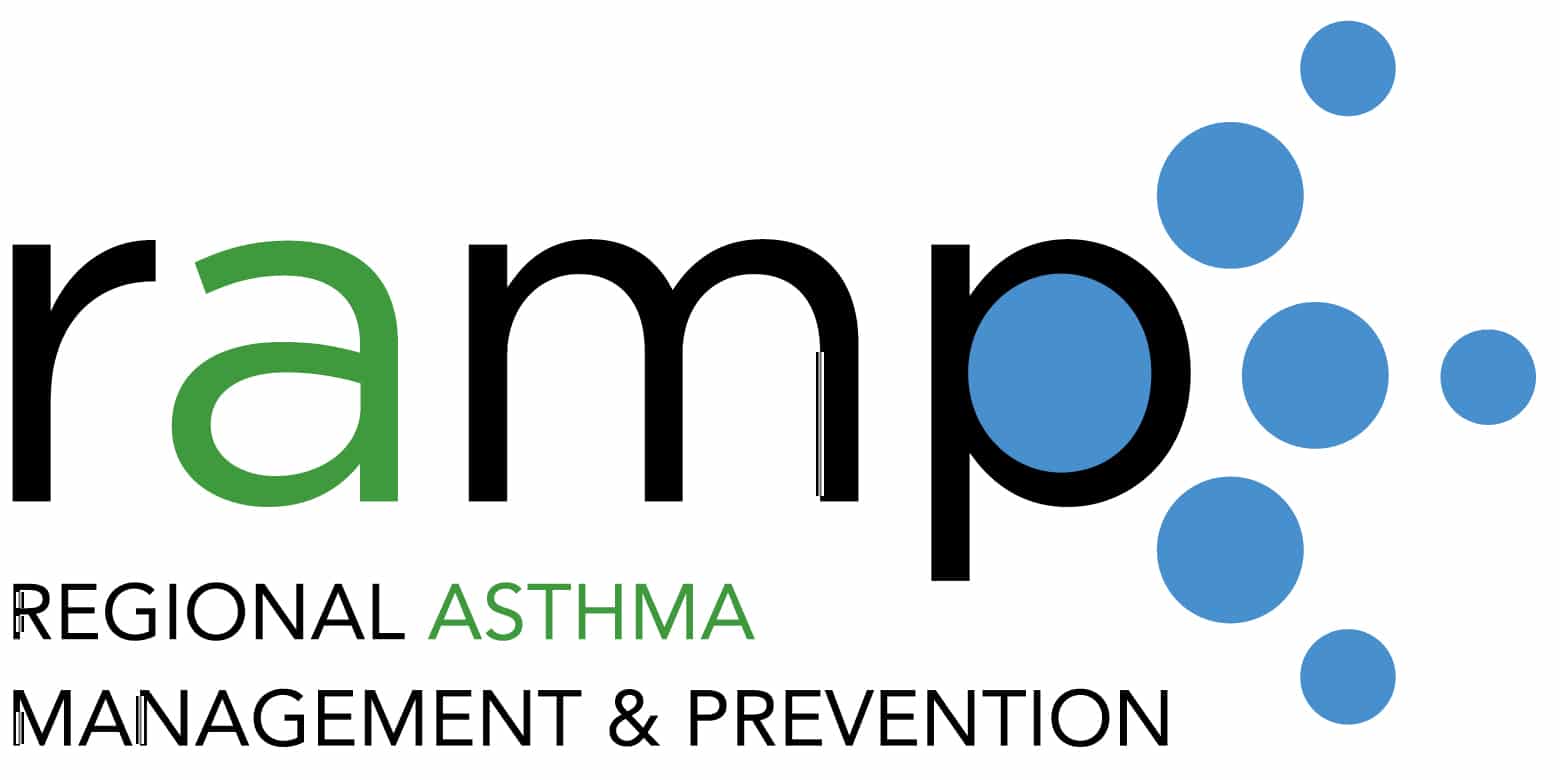For over a year, the COVID-19 pandemic has upended everyone’s lives. From the millions of lives lost to the growing economic inequities to the massive changes in our experiences with school, work, and community, the impacts of COVID-19 are vast and ongoing. For World Asthma Day 2021, we reflect on how the pandemic has affected the work of asthma stakeholders. It’s a story of challenges as well as resilience and adaptation.
COVID-19 presented a steep learning curve for everyone. Asthma stakeholders initially worried about the overuse of bleach as people focused on sanitizing to control spread of the virus. As we learned more, the focus has shifted to masks and ventilation to reduce transmission. The resulting upgrades in school HVAC systems and the greater deployment of portable air filtration units are welcomed by asthma stakeholders who have long focused on indoor air quality.
We have also had a steep learning curve about what factors increase the risk of severe COVID-19 outcomes. While asthma initially was named a likely risk factor, a still evolving, but rather large body of literature indicates asthma does not increase risk. Some research even suggests asthma may offer a degree of protection against severe outcomes, with very recent research suggesting that may be due to the use of inhaled corticosteroids like budesonide.
Emergency department visits and hospitalizations due to asthma unexpectantly declined this year. Why? An important question without a clear answer, researchers and clinicians suggest it may be due to decreased respiratory viruses (resulting from masking and social distancing), increased adherence to asthma medications (due to being home more), avoidance of the health care setting (due to fear of contracting COVID-19), or decreased exposure to outdoor allergens and irritants.
We’ve also learned about outdoor air pollution’s connection to COVID-19: research early in the pandemic demonstrated that ongoing exposure to poor outdoor quality increases the risk of severe COVID-19 outcomes, including increased mortality, further exacerbating existing health disparities. Last year’s unprecedented wildfire season increased these concerns, as wildfire smoke now accounts for half of the fine-particle pollution across the West.
Reflecting on challenges also creates an opportunity to recognize adaptation. We’ve been learning together, sharing insights from emerging research, creating space to learn from each other, and engaging experts to share their wisdom. We have hosted presentations on COVID-related topics including: practical tools to prevent airborne virus transmission risk; best practices for engaging children through virtual asthma visits; and reducing COVID and asthma risks in schools. Of course, we’ve also featured experts on general asthma topics including updated national asthma guidelines and understanding asthma phenotypes.
We have seen incredible resilience. For example, community health workers, promotoras, and other asthma home visitors shifted rapidly to virtual asthma home visiting. They have developed and shared best practices on aspects ranging from helping clients access virtual technology to engaging teens virtually to conducting environmental trigger assessments with smart phones. While there are challenges to virtual home visits, some have noted that virtual visits are effective in reaching clients who may otherwise not yet be ready to invite someone into their home. As such, we’re exploring ways to sustain telehealth options for the broad range of stakeholders beyond the pandemic.
We have also seen asthma stakeholders helping people create cleaner indoor spaces, as many are spending more time at home, and everyone across the West is adapting to ongoing and increasing wildfires. Such work has included educating families about asthma-friendlier cleaning products, advancing programs to reduce the use of harmful pesticide sprays, and using creative approaches to disseminate portable air filtration units to those who need them most.
We hope that the next year brings fewer challenges but that our collective resilience remains high. On this World Asthma Day, we appreciate the opportunity to continue to learn with and support asthma stakeholders in California and beyond.
Warm regards,
RAMP staff

